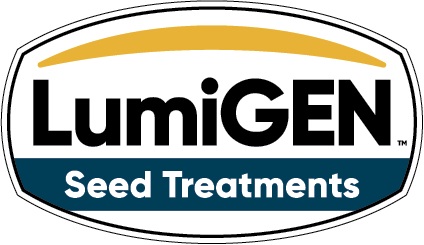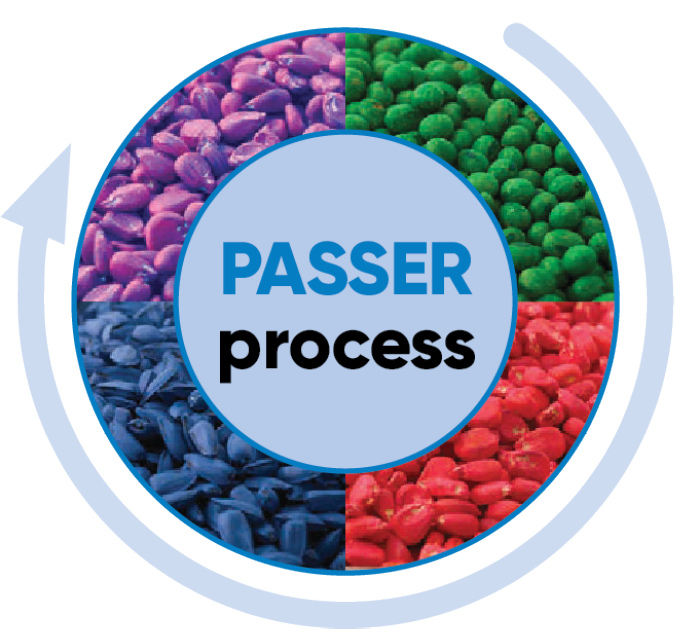How Corteva develops seed treatments for your best start
 When choosing a seed treatment package, the goal is simple: to try and get your crop off to the best start possible.
When choosing a seed treatment package, the goal is simple: to try and get your crop off to the best start possible.
However, growers may not realize just how much research, development and testing Corteva Agriscience™ puts into its LumiGEN™ seed treatments to help you achieve that goal.
Here’s a brief explanation of how our industry leading seed treatments, that come with all Pioneer® brand seed, get developed:








